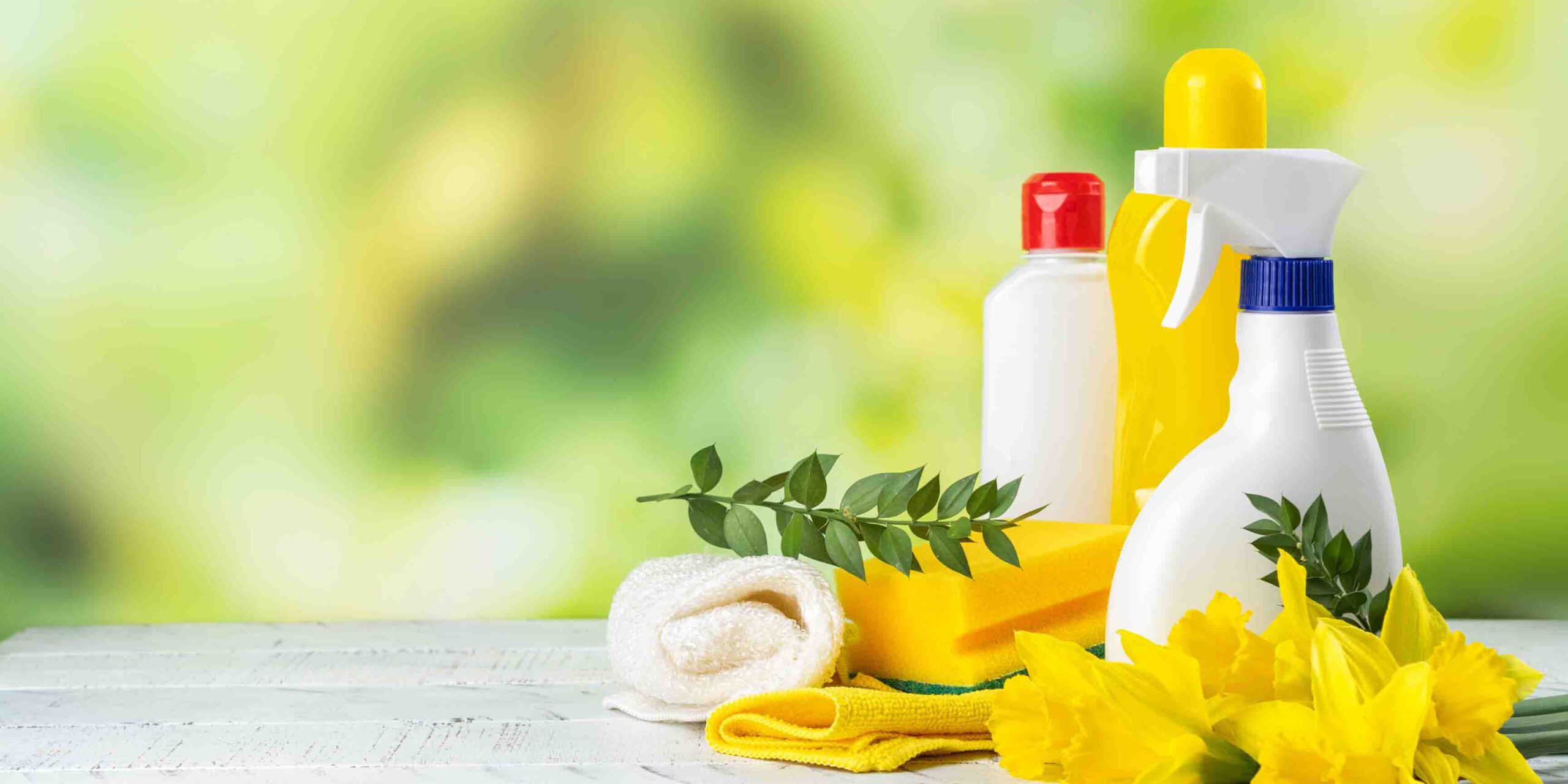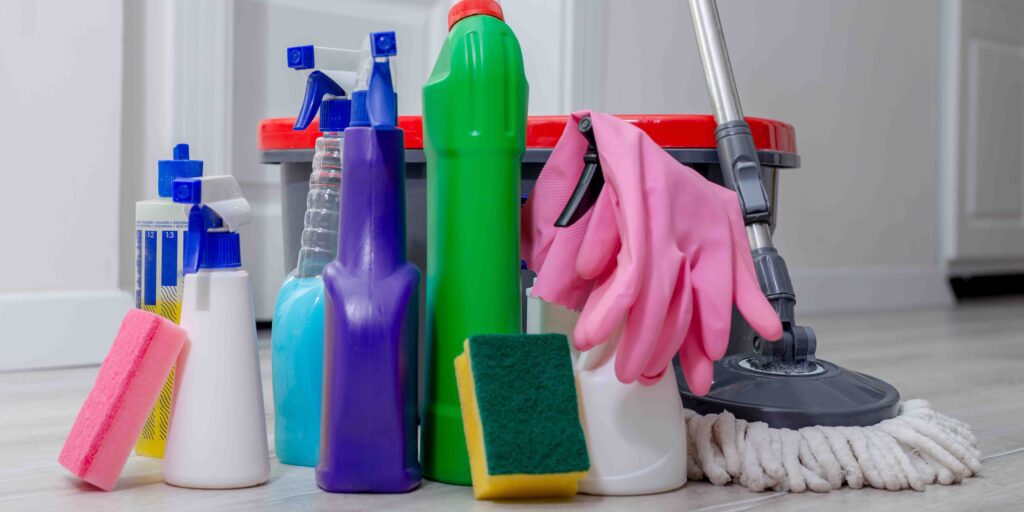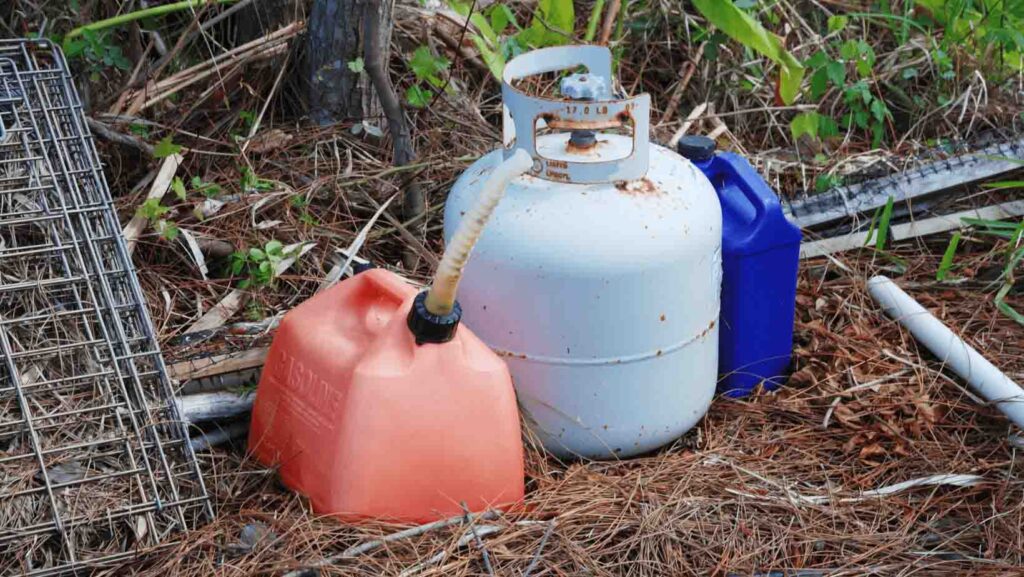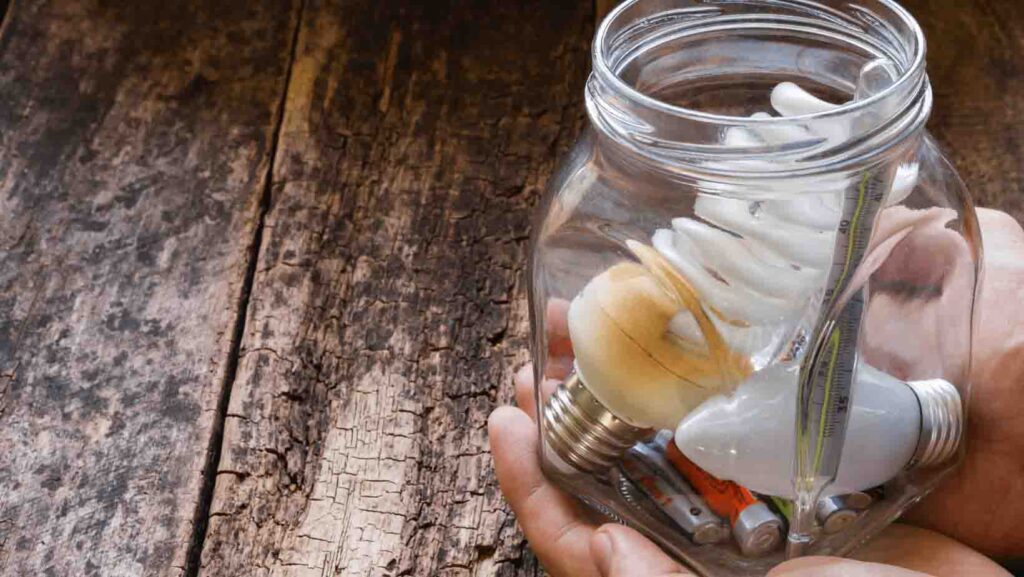Results Begin to Come in for the 21st Annual Creek to Bay Cleanup
Over 5,000 registered volunteers of all ages at 107 sites took part in the region’s largest environmental cleanup on Earth Day.
SAN DIEGO COUNTY (April 22, 2023) – As of 3 p.m. today, I Love A Clean San Diego reports more than 5,000 registered volunteers have removed over 57,000 pounds of litter and debris from streets, canyons, parks, and the coastline in communities across San Diego County for the 21st Annual Creek to Bay Cleanup. Results are still coming in from the 107 sites across San Diego County.
“Although numbers from cleanup sites are still coming in, we can safely say we have reached our goal this year,” said Ann Marie Sack, Director of Community Engagement at I Love A Clean San Diego. “We are thankful for all the volunteers, from all corners of San Diego County, who celebrated Earth Day with us at Creek to Bay this year.”
San Diego City Council presented a proclamation in honor of Creek to Bay’s 21st anniversary and for the significant impact the countywide event has had in preserving San Diego’s environment since its inception in 2002. Elected officials kicked off Creek to Bay at a site within their district.
“Our beaches and waterways are some of San Diego’s greatest assets and deserve our care,” said San Diego Mayor Todd Gloria. “This family-friendly event has a positive impact on our region’s environment.”
Plastic in all its forms remains the chief pollutant found at the annual Earth Week event. In 2022, nearly 70% of all the litter removed from community and countywide cleanups was a form of plastic or single-use item. Volunteers included residents, corporate groups, community groups, and other regional environmental organizations, who diverted litter and debris across all sites from reaching our neighborhoods, creeks, bays, and ocean.
Among the most notable items collected were a doggy bed, Easter eggs, stop signs, a BBQ grill, a bullet case, and a lobster net.
Residents that were not able to participate in today’s Creek to Bay cleanup can still join I Love A Clean San Diego in creating a healthier, more vibrant region by making a gift or starting a fundraiser at cleansd.org/earth.
The Creek to Bay Cleanup is one of two annual countywide cleanups hosted by I Love A Clean San Diego. The next major cleanup event is International Coastal Cleanup Day on September 23, 2023.
I Love A Clean San Diego is grateful for the support of the 21st annual Creek to Bay Partners:
Think Blue San Diego, County of San Diego and its Watershed Protection Program, COX, Project Clean Water, Bank of America, illumina, PlayStation, Sempra Infrastructure, Sony, Watkins Wellness, Wells Fargo, ecoATM, City of Imperial Beach, Mitch’s Seafood, Ocean Conservancy, San Diego Regional Airport Authority, Sycuan, Team SEAS & Ocean Conservancy Small Grant Award, City of Chula Vista, City of El Cajon, City of La Mesa, City of San Marcos, Port of San Diego, and Audacy.
About I Love A Clean San Diego County
Founded in 1954, I Love A Clean San Diego County (ILACSD) is an environmental nonprofit on a mission to foster zero waste lifestyles and beautify communities throughout the region. ILACSD serves about 90,000 students, adults, and businesses every year through environmental education, volunteer cleanup and beautification programs, and recycling and zero waste resources for the public. Annually, the organization hosts approximately 900 workshops and produces 600 community cleanups. Community cleanups are responsible for clearing nearly half a million pounds of pollution from the region annually. ILACSD is dedicated to empowering every person to be leaders in conservation and waste-free living to protect and improve the health of the home we love. Connect with us at CleanSD.org, WasteFreeSD.org, Facebook, Twitter, Instagram , and LinkedIn.





